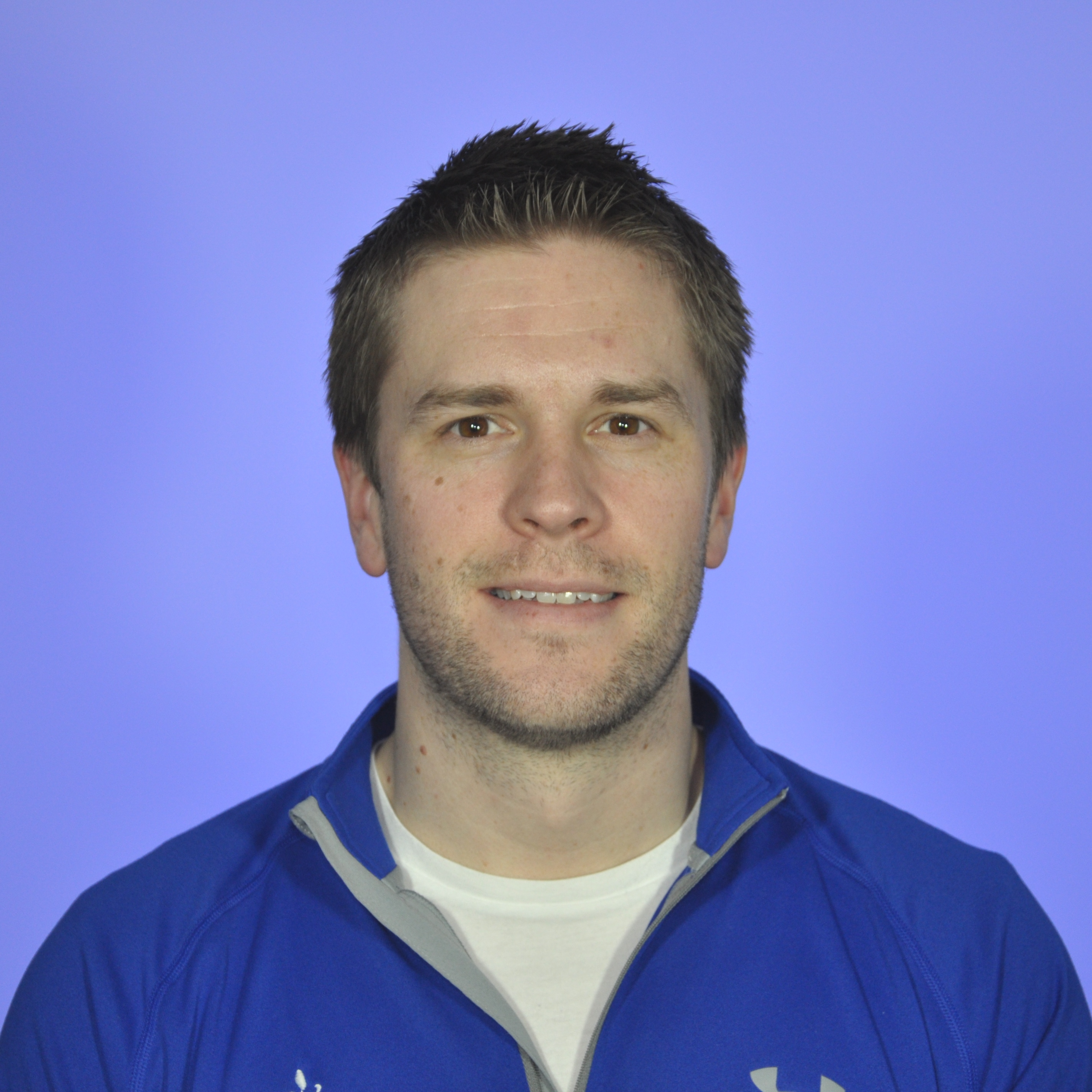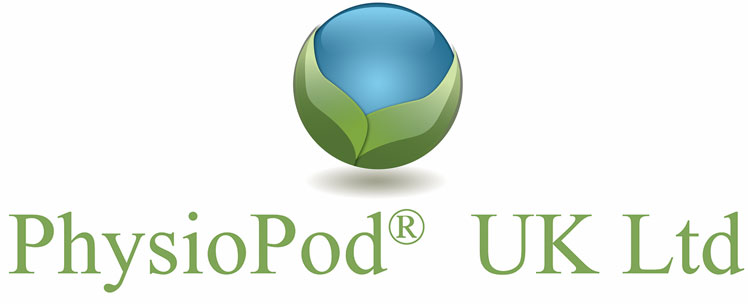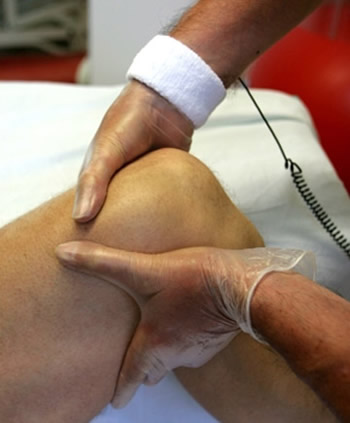Andrew Watson Certified Athletic Therapist & Chartered Physiotherapist Reflects On Deep Oscillation in Clinical Practice
Deep Oscillation Therapy (DOT), is an integral part of acute care programs offers outstanding results again and again, Andrew Watson 'cannot imagine his clinical practice without it'.
"For most, 2020 has been a year to forget so far. The coronavirus (COVID-19) pandemic asking more questions of people and governments than answers could be provided, and our health sector has been challenged at every corner. Private practice has had to rally also, changing procedures to meet ever evolving guidelines of public safety. There was also the initial lockdown faced by people in Ireland in March which for many lead to unemployment and business closures. My practice like many others was closed from the 16th March until the 18th May.
While it was a worrying time, it allowed plenty of time for reflection. This October marks 12 years in business and 10 years using Deep Oscillation Therapy (DOT). Our Hivamat unit forms an integral part of our acute care programs, offering outstanding results again and again, while being able to apply treatment with gloved hands ensures patient safety and comfort during the current climate. It's unique application means it has adapted to the current procedures seamlessly. After 10 years I simply cannot imagine my clinical practice without it."

Andrew Watson Certified Athletic Therapist & Chartered Physiotherapist
BSc (Sports Rehab) BSc (Physio) MSc (Sports Med) GSR ARTC CSCS MISC
ABOUT
Andrew Watson is the owner and lead practitioner of Raglan Sports Medicine. A Certified Athletic Therapist with Athletic Rehabilitation Therapy Ireland (ARTI) and Chartered Physiotherapist with the Irish Society of Chartered Physiotherapists (ISCP), he previously worked as a rehabilitation specialist with Dr Conor P. O’Brien, Consultant Neurophysiologist and Physician in Sports and Exercise Medicine, at the Raglan Clinic.
He graduated with honours from a BSc Sports and Exercise Rehabilitation degree in IT Carlow after completing his internship in Texas A&M University in College Station, USA. He has also obtained a second primary degree in Physiotherapy from University College Dublin. He received his MSc in Sports and Exercise Medicine from the University of Glasgow under the tutelage of Prof. Stuart Hillis, renowned cardiologist and expert in sports medicine, in 2011. Andrew is also a Certified Strength and Conditioning Specialist (CSCS) with the National Strength and Conditioning Association (NSCA) and an accredited member of BASRaT. In 2012, Andrew became one of the first Athletic Therapists in the country to be accredited by the Irish Sports Council and accepted on to the High Performance Panel of Performance Sports Services.
He has experience treating and training people from all walks of life including several athletes who competed in the Beijing Olympics in 2008. Previously a keen rugby player, he has remained heavily involved in the sport and has been the Head of Physiotherapy to Suttonians RFC since 2010 along with consulting for other sports teams in Dublin. Andrew is constantly educating himself in the latest research and techniques in order to pass on the best quality treatment to his patients. This has led him to introduce therapies into Ireland and produce peer-reviewed literature on its efficacy.
Deep Oscillation Therapy:
We believe in this therapy so much, we’ve dedicated a whole section of our site to it. Raglan Sports Medicine introduced DOT, a relatively new therapy, to Ireland in 2009. Since then our practitioners have been involved closely with the manufacturers in Germany and distributers in the UK regarding protocol design for various pathologies and as treatment consultants with many sporting bodies and professional teams. Its unique design and application offers a wide range of benefits for the body. It is a completely pain-free and non-invasive form of therapy.
Recovery:
Many professional teams and athletes are utilising DOT for recovery from injury and from exertion. It offers similar benefits of recovery as deep tissue massage yet without the surface pressure discomfort. Its impact has been recorded up to 8cm deep into the tissue offering a significant impact on the deeper structures.
Post-Surgical:
As there is no thermal side affect from the treatment, it can be used over implanted surgical wires and screws safely while offering huge benefit to the bodies healing mechanisms. DOT has been shown to be gentle while offering benefit to wound healing and even burns and can be used as early as 24hrs after the surgery.
Pain Relief:
The low frequency oscillation (5-200Hz) affect utilises the pain gate mechanism in the body offering a substantial reduction in pain after the treatment. This combined with the gentle application and the depth of its therapeutic effectiveness makes it a successful treatment for osteoarthritis, fibromyalgia as well as muscle strains.
Aesthetics:
DOT has shown to reduce fibrotic tissue formation and help in its mobilisation through the lymphatic system and out of the body. This is most evident in its astonishing impact on reducing lymphoedema. The impact is similar on areas of cellulite, reducing not only the visual signs but also the underlying cause. As DOT reduces fibrotic cell formation and increases new collagen formation, it has a benefit on restoring tissue elasticity, its ability to stretch and return to its normal state, thus making it firmer. Various studies have shown DOT reduces deep lines and wrinkles as well as the appearance of bags under the eyes.


